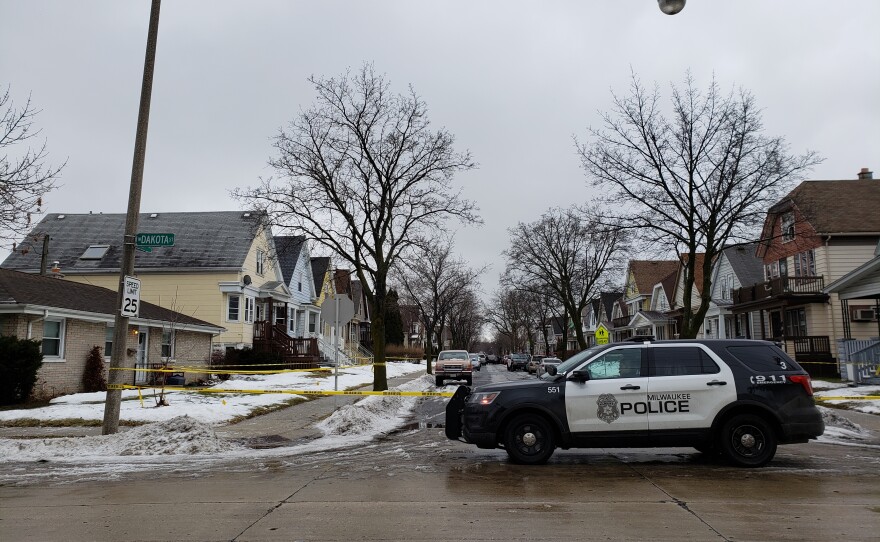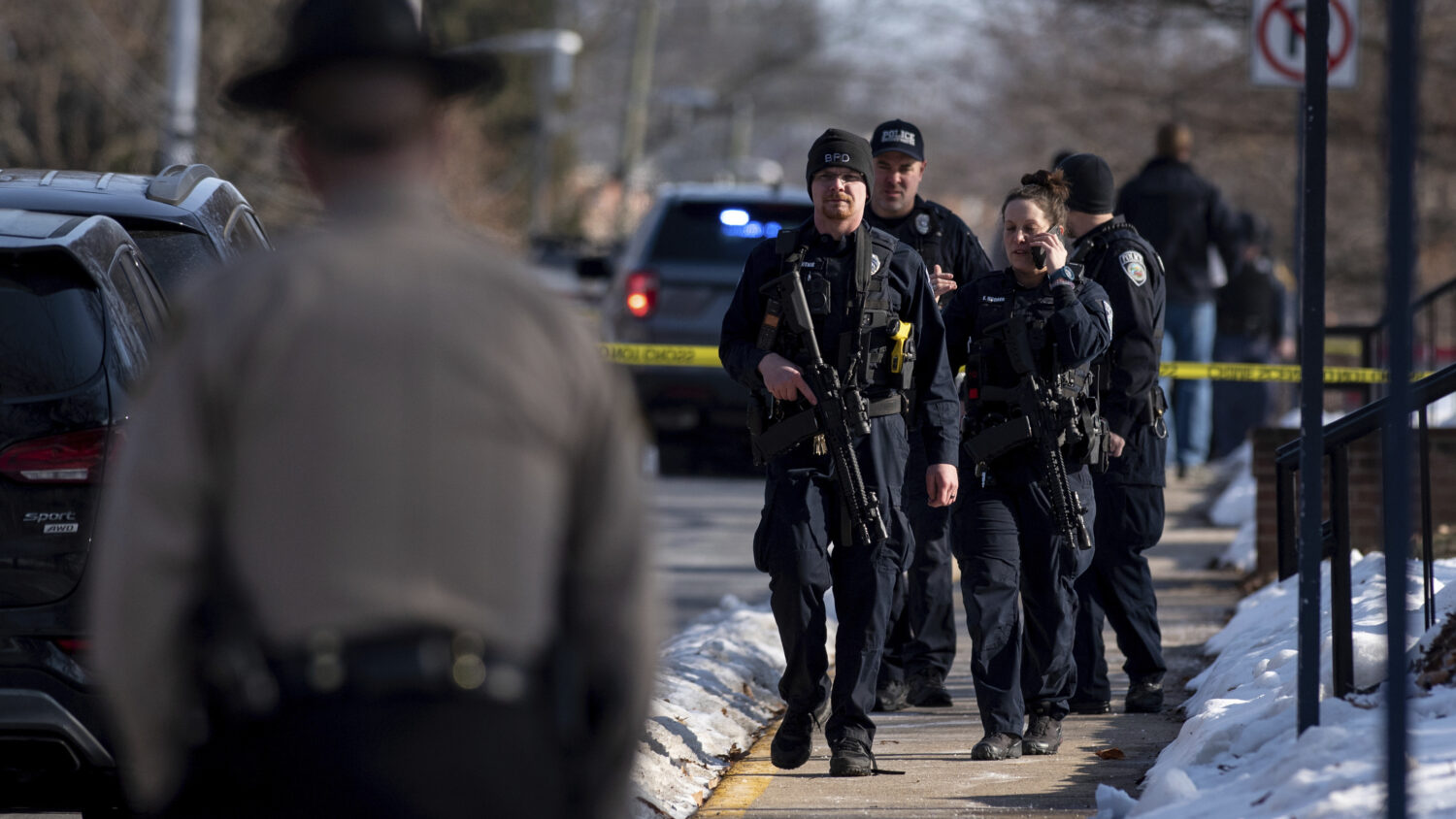In a troubling incident that has shaken the Milwaukee community, 2 Milwaukee police officers were shot during a confrontation that raises questions about safety, policing, and community relations. The event not only highlights the dangers law enforcement faces but also indicates the escalating tension in some urban neighborhoods. This article aims to delve into the incident, exploring the circumstances surrounding the shooting, the responses from the police and community, and the implications of such violence on public safety.
2 Milwaukee police officers shot

The incident involving the 2 Milwaukee police officers shot unfolded in a neighborhood marked by rising crime rates and social unrest. As law enforcement seeks to maintain order, instances like these remind us of the real dangers officers confront daily in their line of duty.
Background of the Incident

In the heart of Milwaukee, the day began like any other for those serving in the police department. Officers were on patrol, dedicated to ensuring the community’s safety. However, reports of suspicious activity led them to respond, unaware that the day would soon devolve into violence.
The scene quickly escalated into a life-threatening situation as the officers approached the suspect. What started as an ordinary police encounter transformed into gunfire exchanged between the suspect and the officers. The sound of gunshots echoed, leaving community members shaken.
This incident is not an isolated case, but rather part of a concerning trend of violence against police officers across the United States. Statistics show that assaults on law enforcement have increased in recent years, revealing a troubling reality. The environment in which police officers operate is more hostile than ever, propelling this issue to the forefront of national conversations.
Community Response to the Shooting
Whenever 2 Milwaukee police officers are shot, the community’s reaction is multifaceted. Some residents express outrage at the violence, while others feel sympathy for the suspect’s circumstances, invoking discussions about mental health and socio-economic factors.
During community meetings, citizens expressed their fears but also a desire for understanding and compassion. Many are apprehensive about the growing violence but simultaneously recognize the systemic issues at play. Debates emerged regarding the balance between public safety and the need for reform in law enforcement practices.
The shooting incident has reignited conversations about police-community relations and the need for renewed approaches to public safety. Advocates argue that the police must collaborate with community members to rebuild trust, while others call for substantive reforms that could include demilitarization of police.
Mental Health and Police Violence
Another critical dimension of the incident is the relationship between mental health issues and violence against law enforcement personnel. Oftentimes, encounters with individuals experiencing mental health crises can lead to dangerous confrontations.
Many law enforcement agencies are recognizing the importance of incorporating mental health professionals into their response teams. By doing so, police can better handle situations involving individuals in crisis, potentially leading to more peaceful resolutions, and reducing the likelihood of violence.
The push for mental health reform in both the police force and broader society is essential. People suffering from mental illness deserve care and compassion, rather than confrontation.
The Reality of Policing in Milwaukee
The shooting of 2 Milwaukee police officers is not just an isolated incident but is reflective of a larger picture concerning policing in the area. Over the years, Milwaukee has struggled with crime, substance abuse, and poverty. These factors contribute to a tension-filled atmosphere that affects both the residents and the officers tasked with maintaining safety.
Today, the call for reform within policing models is resonating more than ever. Each shooting incident, such as this one, underscores the need for innovative approaches to law enforcement, emphasizing de-escalation techniques, community engagement, and mental health support.
Suspect arrested.

In the aftermath of the shocking incident where 2 Milwaukee police officers were shot, the focus shifted to the suspect, who was soon apprehended by law enforcement authorities. The developments regarding the suspect are critical as they play into the broader narrative of accountability and justice within the community.
Details of the Arrest
Following the immediate chaos surrounding the shooting, swift actions were executed by other law enforcement officers in the vicinity. The suspect, identified as a person of interest, was pursued and subsequently apprehended.
The arrest was not without its challenges. Officers had to navigate a tense situation, potentially facing threats from onlookers and community members who were understandably concerned. Officers maintained a strategic approach, ensuring their own safety while attempting to secure the suspect.
The arrest operation went relatively smoothly considering the high-stress circumstances. After the suspect was subdued, efforts were made to understand his motive and background by detectives as part of the investigation process.
The Legal Process Following the Arrest
With an arrest made, the legal proceedings now come into play. The detained suspect faces multiple charges, ranging from attempted murder to assault on a police officer. The judicial system is being called into action to ensure justice is served, yet it also brings forward numerous discussions around legal accountability for violent acts against law enforcement.
Additionally, the community awaits developments related to the suspect’s mental health evaluation, further pressing the question of whether the perpetrator acted out of desperation, impulse, or underlying psychological issues. Public prosecutors will have the challenging task of balancing justice with empathy, reflecting the complexities of the scenario.
Community Reaction to the Arrest
The arrest of the suspect prompted a wave of reactions throughout Milwaukee. For some residents, there was relief that the individual presumed responsible for attacking law enforcement was apprehended, while others expressed concern about the ongoing cycle of violence.
Community leaders are now advocating for forums where citizens can openly discuss their thoughts on the event and what it portends for safety in Milwaukee. They recognize that each shooting incident creates cracks in community trust, necessitating honest dialogue about improvement strategies that do not vilify either the police or residents.
Broader Implications of the Incident
The shooting of 2 Milwaukee police officers serves as a clarion call, echoing through the paths of public policy, community engagement, and law enforcement practices. Each act of violence against law enforcement can have profound implications, escalating tensions and breeding mistrust in communities.
As authorities analyze the impact of incidents like this, they are called to become more proactive in addressing issues such as gang violence, drug-related crimes, and the lack of community support. Finding solutions to these systemic problems is essential for preventing further incidents while ensuring that law enforcement officers can execute their duties without fear of harm.
| Event | Date | Outcome |
|---|---|---|
| Shooting of police officers | TBD | 2 officers shot; suspect arrested |
| Community meetings | TBD | Calls for dialogue about police-community relations |
| Legal proceedings for suspect | TBD | Charges include attempted murder, and public safety concerns |
| Ongoing police response | TBD | Adjustments in strategy for community policing |
Conclusion

The recent incident involving the shooting of 2 Milwaukee police officers highlights the ongoing challenges facing law enforcement, community safety, and public relations. The swift apprehension of the suspect raises crucial dialogues surrounding accountability and healing, as society seeks solutions to prevent similar violent acts in the future. The discourse on mental health, the pressures facing law enforcement, and the socio-economic issues at play must continue to be at the forefront of community discussions. As Milwaukee navigates this complex moment, the need for unity and reform remains crucial in restoring trust and ensuring a safer environment for all.